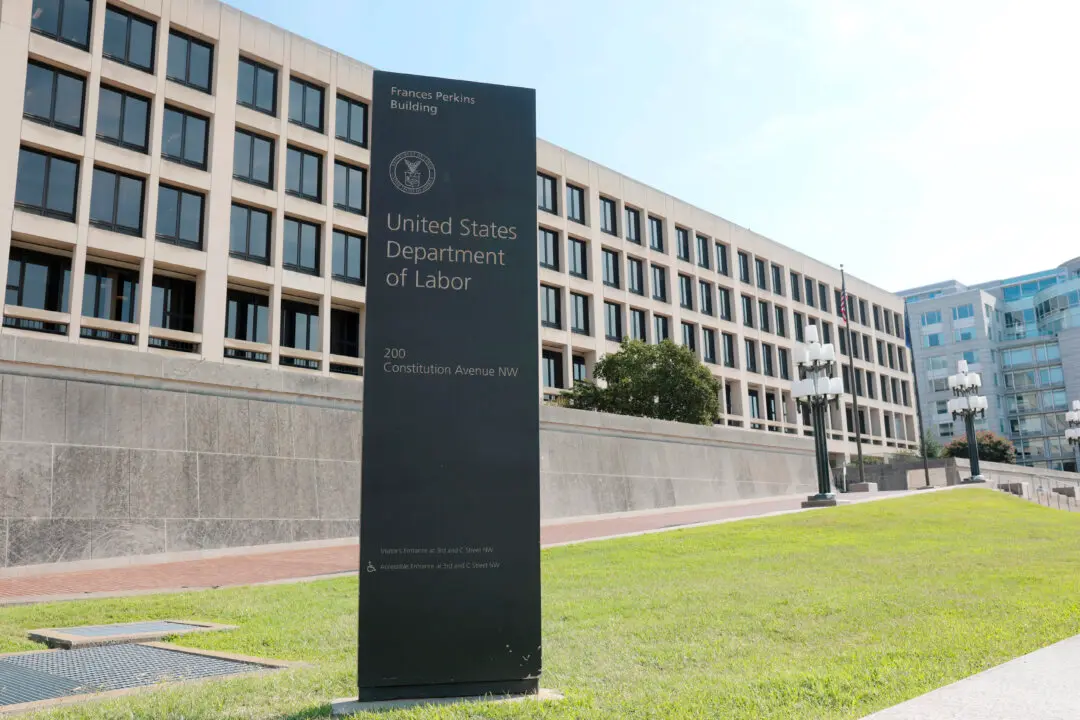Commentary
Let me ask you this. At your grocery store, have you lately noticed something much welcome? Some prices have stopped rising as fast. Some have stabilized. Some have even fallen. Yes, actual price declines in things like chips, eggs, chicken, cheese, and vegetables. Maybe it is not universal yet, and may never be. But there are some slight indications of something happening, some relief perhaps.





